Growth in Automation and Robotics
The machine vision market in Spain is significantly influenced by the ongoing growth in automation and robotics. As industries seek to optimize operations and enhance efficiency, the adoption of automated systems equipped with machine vision capabilities is on the rise. In 2025, the automation sector is projected to contribute around 40% to the machine vision market. This growth is largely attributed to the increasing need for real-time monitoring and control in manufacturing processes. Furthermore, the integration of machine vision with robotics allows for improved accuracy in tasks such as assembly, inspection, and packaging, thereby driving the demand for machine vision solutions in Spain.
Rising Demand for Quality Control
The machine vision market in Spain is experiencing a notable surge in demand for quality control solutions across various industries. As manufacturers strive to enhance product quality and reduce defects, the integration of machine vision systems has become essential. In 2025, it is estimated that the market for quality control applications will account for approximately 30% of the overall machine vision market. This trend is driven by the need for precision and consistency in production processes, particularly in sectors such as automotive and electronics. Companies are increasingly investing in advanced imaging technologies to ensure compliance with stringent quality standards, thereby propelling the growth of the machine vision market in Spain.
Investment in Research and Development
Investment in research and development (R&D) is a critical driver for the machine vision market in Spain. Companies are increasingly allocating resources to innovate and develop advanced machine vision technologies that cater to specific industry needs. In 2025, R&D spending in the machine vision sector is expected to rise by 15%, reflecting the industry's commitment to enhancing capabilities such as artificial intelligence and deep learning integration. This focus on innovation not only improves the performance of machine vision systems but also expands their applications across various sectors, thereby fostering growth in the machine vision market.
Expansion of the Food and Beverage Sector
The food and beverage sector in Spain is undergoing rapid expansion, which is positively impacting the machine vision market. With the rising consumer demand for high-quality products and safety standards, manufacturers are increasingly adopting machine vision systems for inspection and sorting processes. In 2025, it is anticipated that the food and beverage industry will represent approximately 25% of the machine vision market. These systems enable companies to ensure compliance with health regulations and enhance operational efficiency. As the sector continues to grow, the reliance on machine vision technology for quality assurance and process optimization is likely to increase, further driving market growth.
Increasing Focus on Safety and Compliance
The growing emphasis on safety and compliance regulations in Spain is significantly influencing the machine vision market. Industries are under pressure to adhere to stringent safety standards, which necessitates the implementation of reliable inspection systems. In 2025, it is projected that compliance-related applications will account for approximately 20% of the machine vision market. This trend is particularly evident in sectors such as pharmaceuticals and automotive, where the consequences of non-compliance can be severe. As companies prioritize safety and regulatory adherence, the demand for machine vision solutions that ensure compliance is likely to increase, thereby driving market growth.


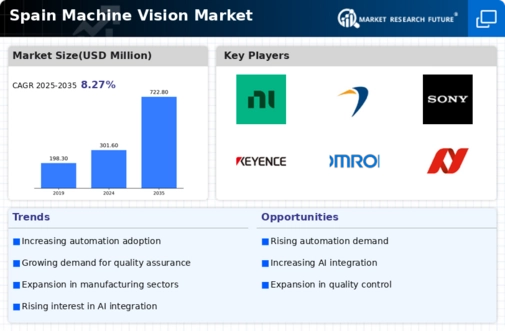
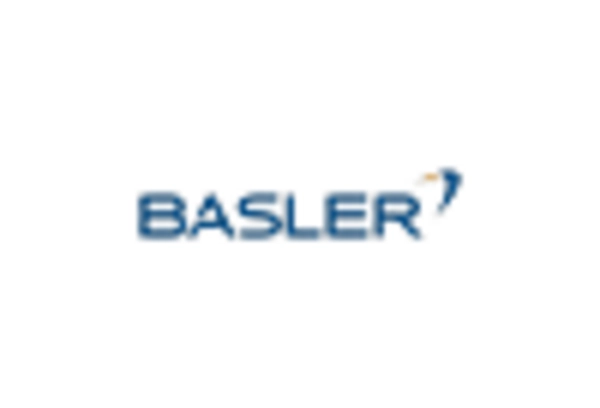
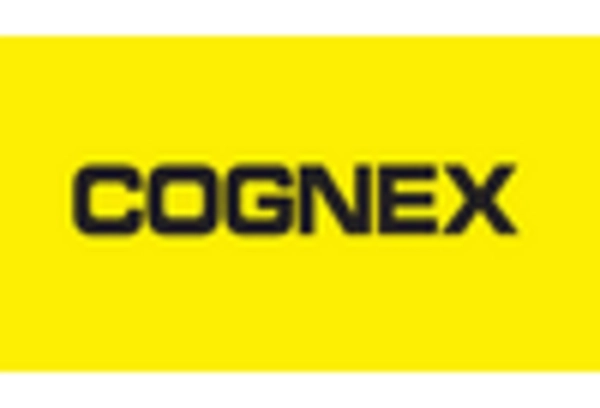
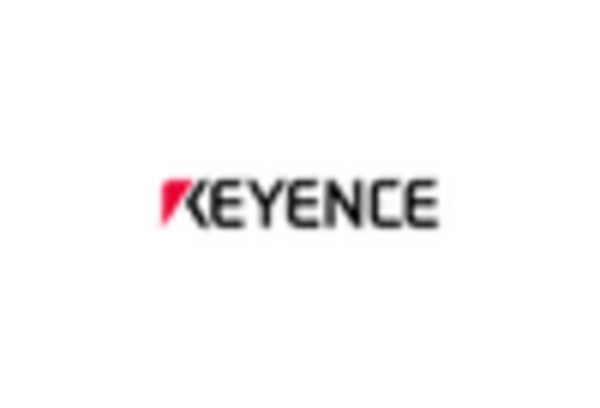
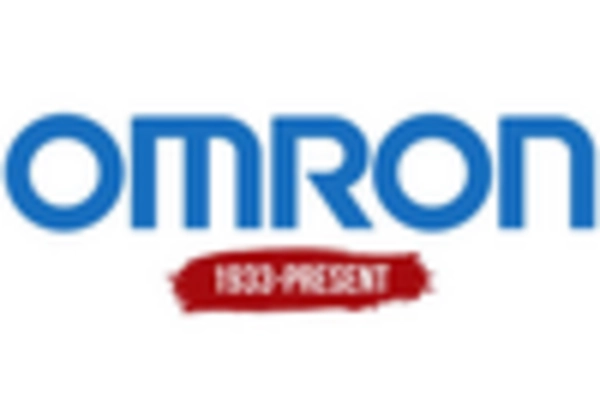
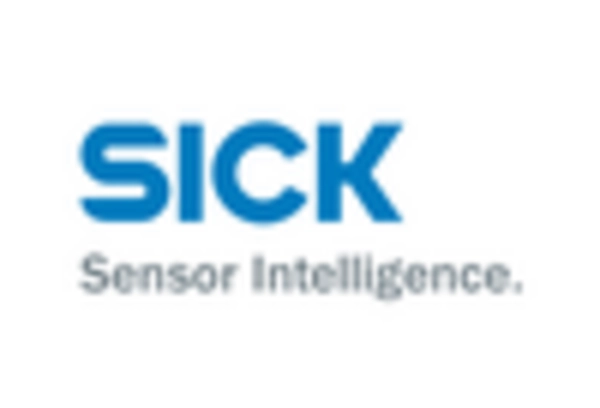
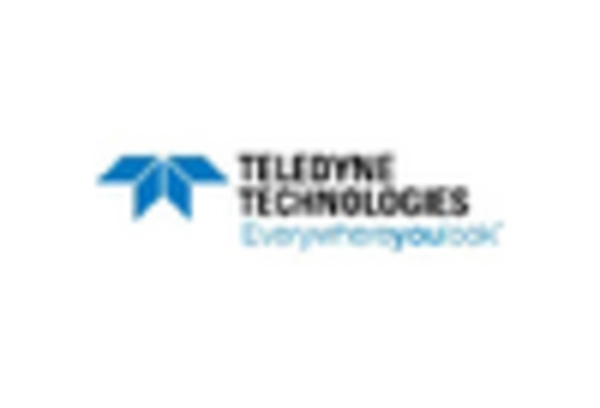








Leave a Comment